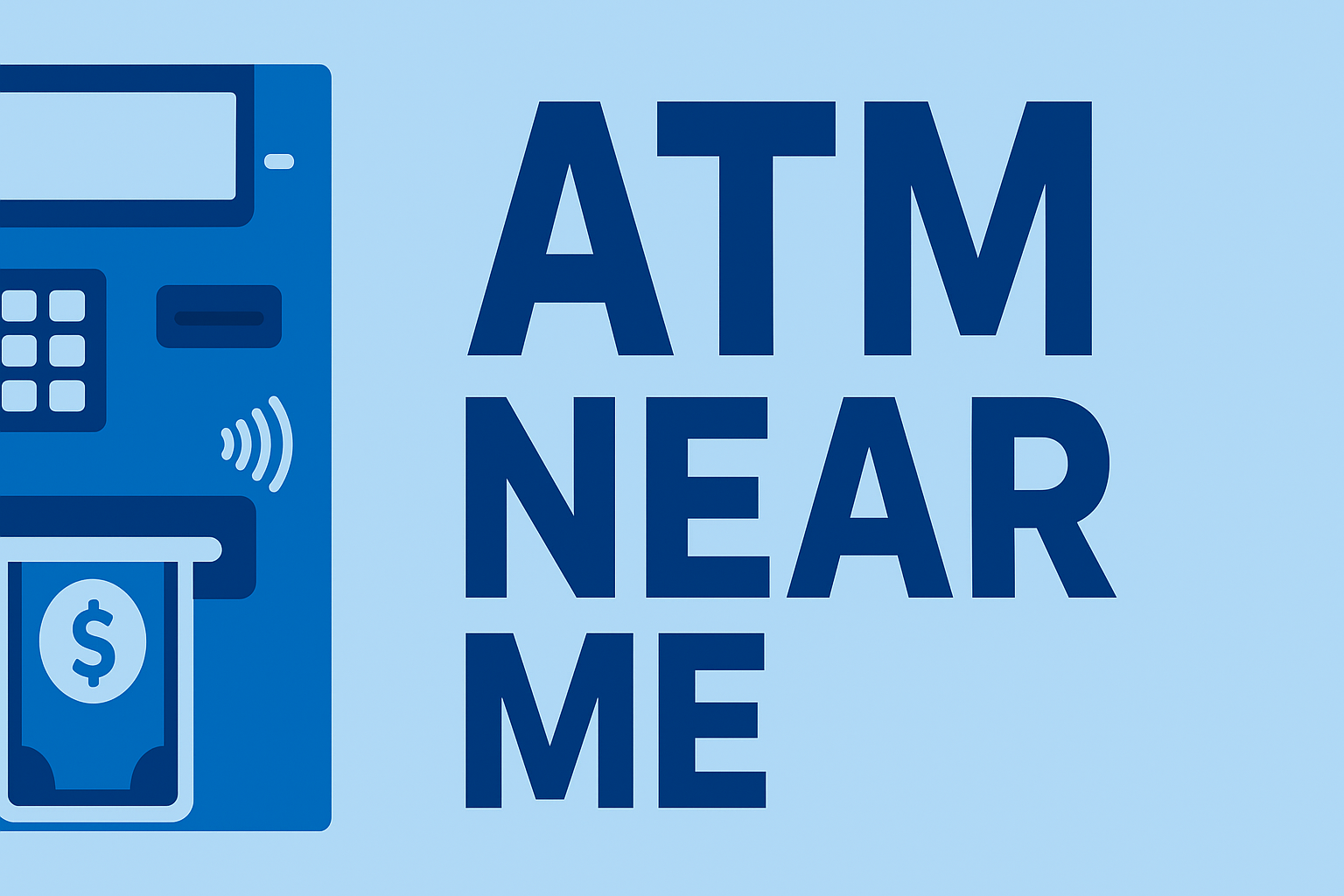When an ATM transaction goes wrong—whether it’s a missing withdrawal, duplicate charge, or balance error—it’s important to act quickly. Banks and card networks have clear procedures for handling ATM disputes, and understanding those steps can help you recover your money faster and avoid unnecessary stress.
Common ATM Transaction Errors
ATM issues can happen for a variety of reasons, including network delays, mechanical faults, or card processing errors. The most frequent types include:
- Cash not dispensed: The ATM deducts funds from your account but doesn’t release the cash.
- Partial withdrawals: You receive less money than requested, or the dispenser jams mid-transaction.
- Duplicate transactions: A single withdrawal posts multiple times to your account.
- Incorrect balance display: The ATM shows a lower or higher balance than what’s actually available.
- Card retention: The machine keeps your debit or credit card unexpectedly—see our guide on what to do if an ATM keeps your card.
Steps to Take After an ATM Error
When you notice an error, document and report it immediately. Most banks have a strict time frame for submitting disputes. Here’s how to proceed:
- Save your receipt or take photos: If the ATM provided a receipt or error code, keep it. A timestamp helps your bank verify the transaction.
- Check your online banking: Confirm whether the withdrawal shows as “pending” or “posted.” Some errors self-correct within 24 hours.
- Contact your bank’s support line: Use your bank’s customer service number—available on the back of your card or through your mobile app—to start a formal dispute.
- Record details: Write down the ATM’s location, the exact time, and any visible error codes (e.g., “Error 163” or “Error 58”).
- File an official dispute: Many institutions allow you to submit an ATM dispute online or via secure message. Be as specific as possible.
If the machine belongs to another financial institution, your bank will contact that network on your behalf. Most disputes resolve within 10 business days, though complex international transactions may take longer.
How Long It Takes to Get a Refund
Under federal law (Regulation E), banks must resolve electronic fund transfer disputes within 10 business days—or 45 days if they need more time and issue a provisional credit. During that period, you should see the disputed amount temporarily returned to your account.
Keep an eye on your statements. If the refund doesn’t appear within two weeks, follow up directly with your bank’s dispute department or reference your case number in the mobile app.
ATM Dispute Time Limits
You generally have 60 days from the date of your statement showing the error to file a claim. Waiting too long could forfeit your reimbursement rights. Each financial institution sets its own deadlines, but most follow this federal guideline closely.
For specific policies, review your bank’s account terms or visit our resource on how ATM refund policies work at major banks.
Preventing Future ATM Issues
- Use well-known, high-traffic ATMs—preferably those inside banks or retail stores.
- Check for card skimmers or suspicious attachments before inserting your card.
- Set up mobile banking alerts for withdrawals and low balances.
- Keep your daily withdrawal limit reasonable to minimize potential losses.
- Favor surcharge-free ATMs within your bank’s network whenever possible.
When to Escalate a Dispute
If your bank denies your claim and you believe the transaction was incorrect, you can escalate it through:
- Written appeal: Request a review by the bank’s compliance department, referencing your original dispute case number.
- Consumer Financial Protection Bureau (CFPB): File a complaint online if your bank fails to investigate properly.
- Credit union supervisor or state regulator: For credit union members, contact your regional NCUA or state credit union agency.
Summary
ATM transaction errors are inconvenient but fixable. Save your receipts, report issues quickly, and follow up on disputes until they’re resolved. By knowing your rights and acting fast, you can recover your funds and prevent future problems.
For related help, see our guides on reporting ATM issues and understanding common ATM error codes.
